In today's fast-paced financial markets, from the volatile swings of cryptocurrencies to the nuanced movements of forex, stocks, and commodities, automated trading strategies have emerged as a pivotal tool for traders seeking to enhance their trading efficiency, precision, and profitability. By leveraging algorithms and sophisticated software, traders can execute trades at speeds and frequencies that …
The World of Automated Trading Strategies
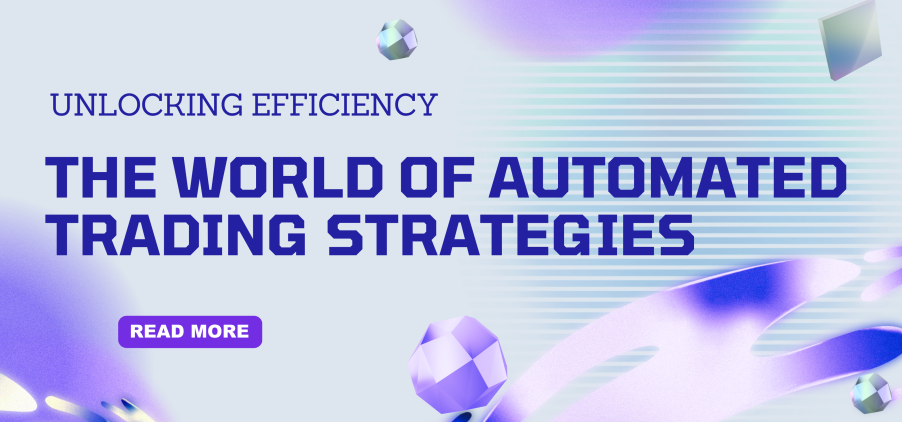
In today’s fast-paced financial markets, from the volatile swings of cryptocurrencies to the nuanced movements of forex, stocks, and commodities, automated trading strategies have emerged as a pivotal tool for traders seeking to enhance their trading efficiency, precision, and profitability. By leveraging algorithms and sophisticated software, traders can execute trades at speeds and frequencies that are humanly impossible, potentially opening up new avenues for investment success. This article delves into the essence of automated trading strategies, their benefits, and key considerations for implementing them effectively.
The Essence of Automated Trading Strategies
Automated trading, also known as algorithmic trading, involves the use of computer programs to execute trades based on predefined criteria without the need for manual intervention. These criteria can range from simple indicators like moving averages to complex strategies that incorporate machine learning and artificial intelligence to predict market movements.
Benefits of Automated Trading
Speed and Efficiency: Automated systems can process vast amounts of data and execute trades within milliseconds, capitalizing on market opportunities the moment they arise.
Emotionless Trading: By removing human emotion from the decision-making process, automated trading can help prevent impulsive decisions based on fear or greed.
Backtesting Capability: Traders can test their strategies using historical data before risking real money, allowing for fine-tuning and confidence-building.
Diversification: Automated trading enables the simultaneous monitoring and trading of multiple instruments across various markets, enhancing diversification and risk management.
Developing an Automated Trading Strategy
The development of an effective automated trading strategy begins with identifying a trading edge – a repeatable pattern in the market that can lead to profit. Once identified, this edge is translated into a set of rules that can be programmed into a trading algorithm. This process often involves:
Data Analysis: Gathering and analyzing historical market data to identify potential trading opportunities.
Strategy Formulation: Defining the criteria for entry, exit, and money management rules based on the analysis.
Backtesting: Testing the strategy on historical data to evaluate its effectiveness and adjust as necessary.
Live Testing: Running the strategy in a real-market environment with minimal risk to ensure it operates as expected.
Deployment: Once tested and optimized, the strategy is deployed in live markets with full or partial automation.
Key Considerations
While automated trading offers numerous advantages, it’s not without risks and challenges. Successful implementation requires:
Continuous Monitoring: Despite automation, monitoring is essential to manage technical issues or unexpected market events.
Overfitting Avoidance: Ensuring the strategy is robust and not overly tailored to past market conditions, which may not predict future performance accurately.
Understanding Limitations: Recognizing that no strategy guarantees success, and market conditions can change, impacting the effectiveness of any algorithm.
Conclusion
Automated trading strategies represent a significant evolution in trading, offering traders the tools to navigate the markets with greater efficiency, speed, and precision. Whether dealing in cryptocurrencies, forex, stocks, or commodities, the potential to enhance profitability while minimizing emotional decision-making and human error is a compelling proposition. However, success in automated trading requires a blend of technological sophistication, strategic planning, and ongoing vigilance to adapt to the ever-changing market dynamics.
In the landscape of modern trading, where milliseconds can mean the difference between profit and loss, automated trading strategies stand as beacons of progress, illuminating paths to potentially more informed, efficient, and successful trading endeavors.


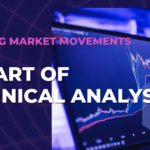


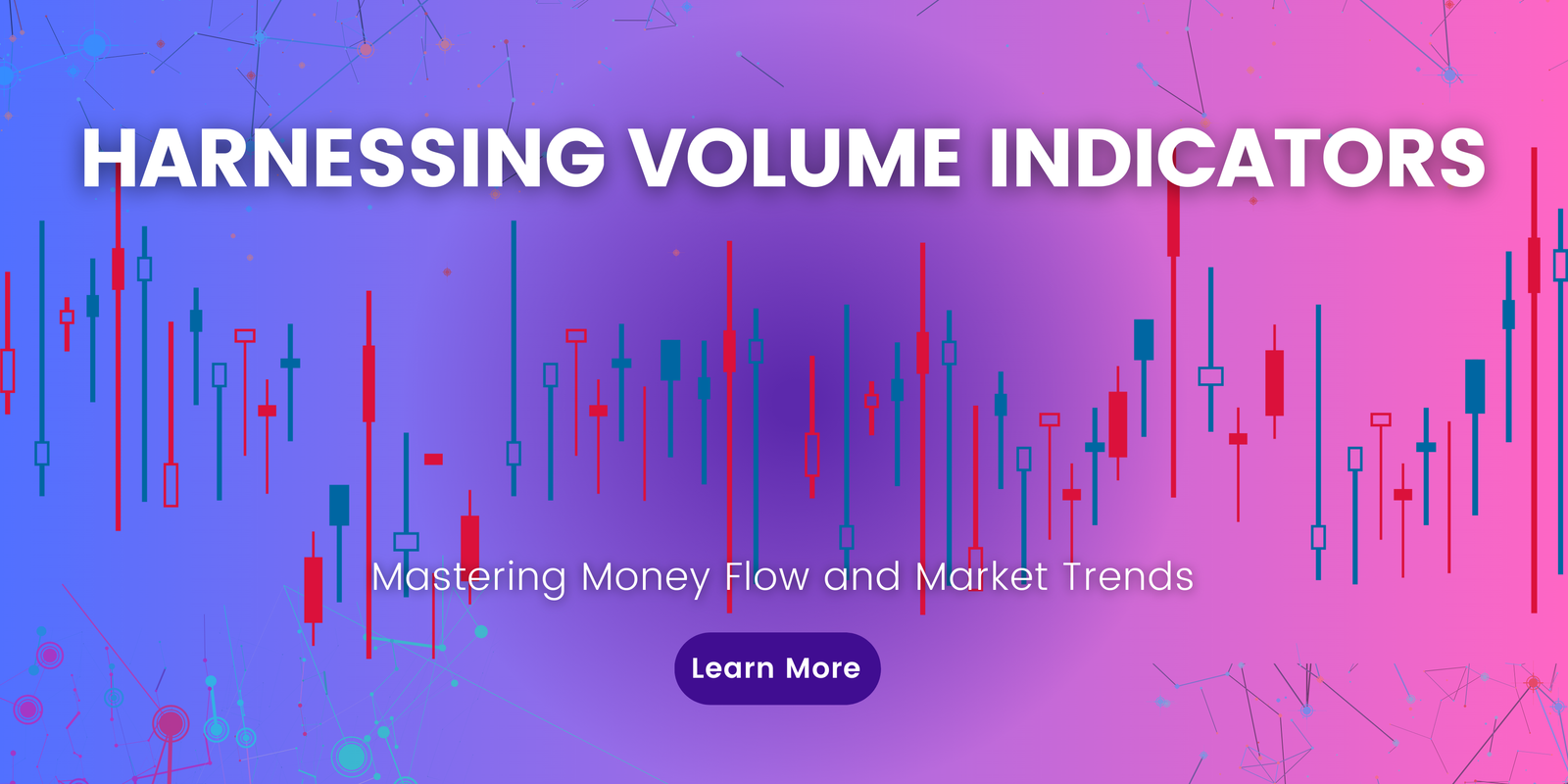

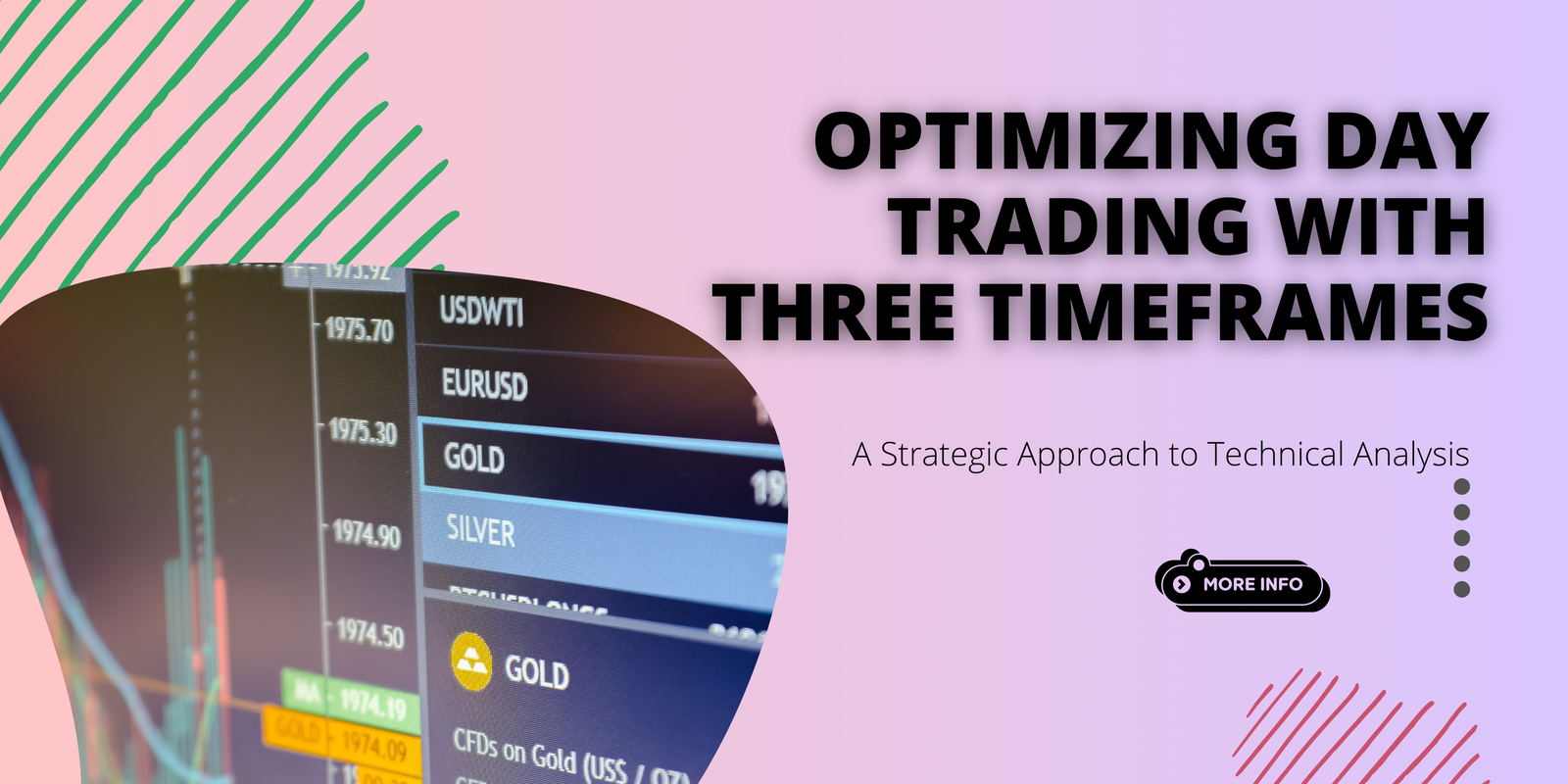
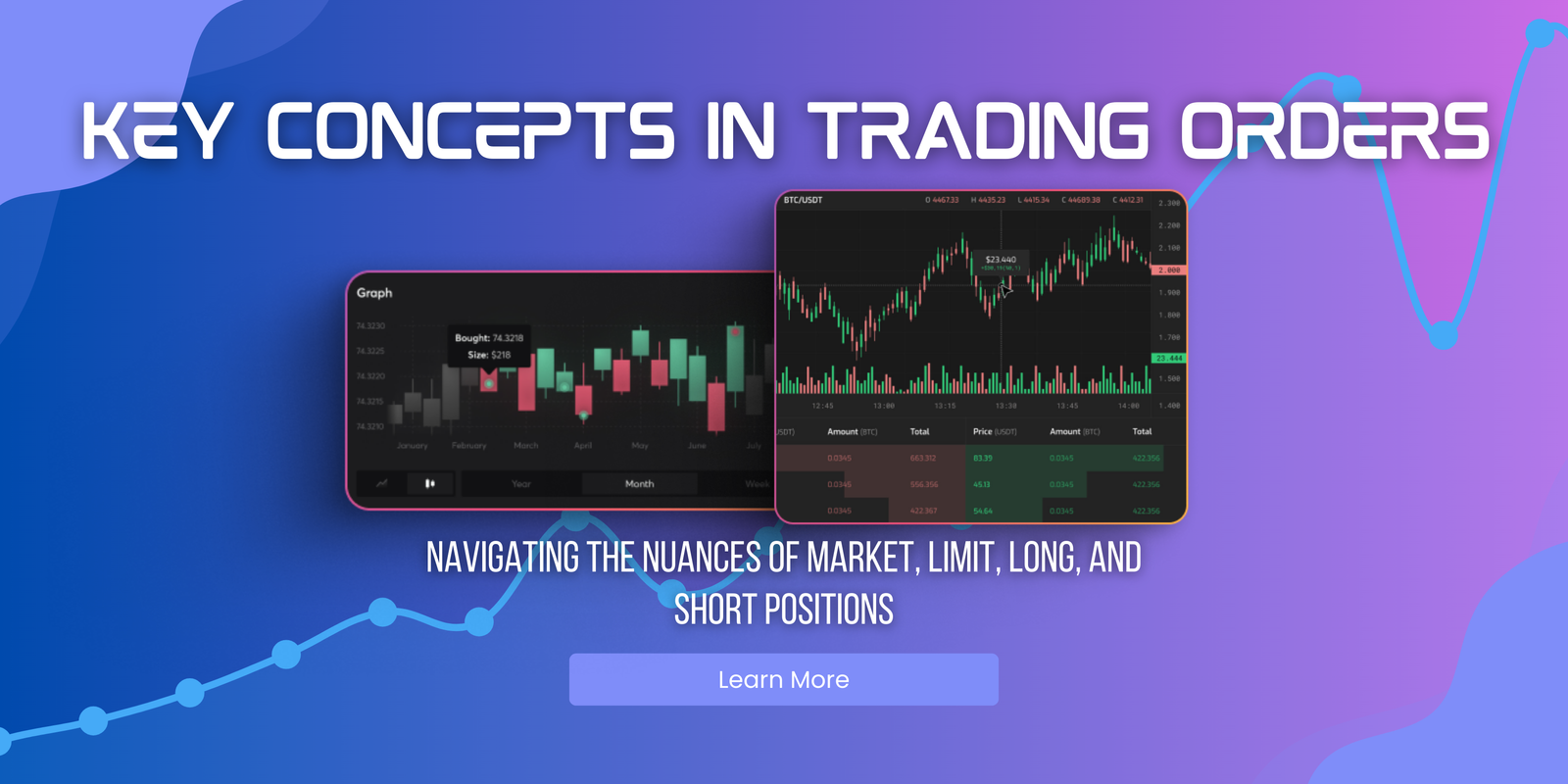
1 Comment
إرسال سيرتك
You’re brilliant!